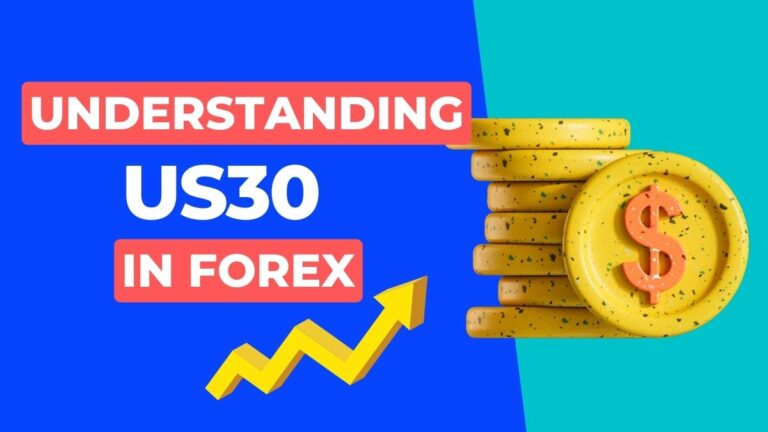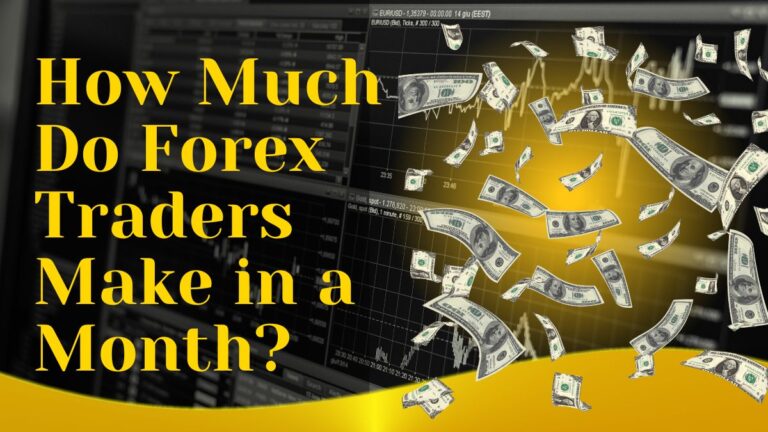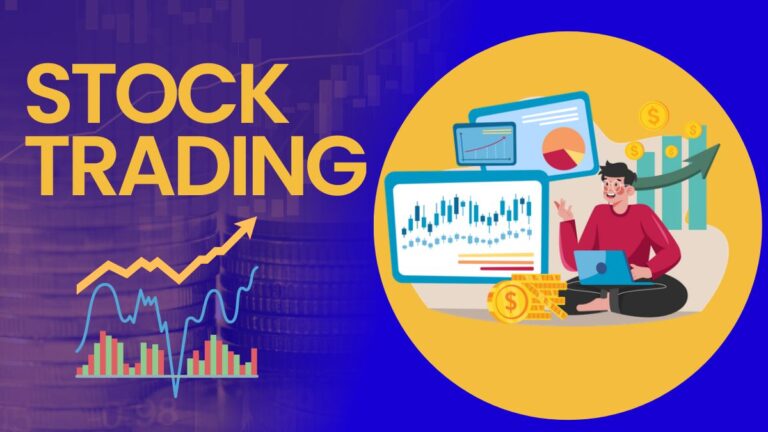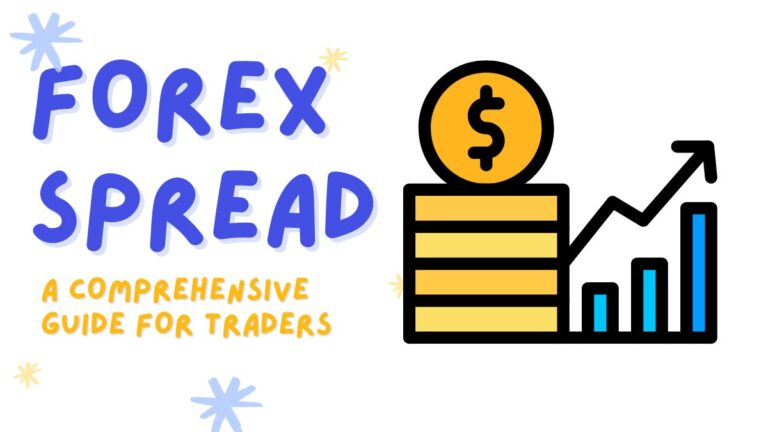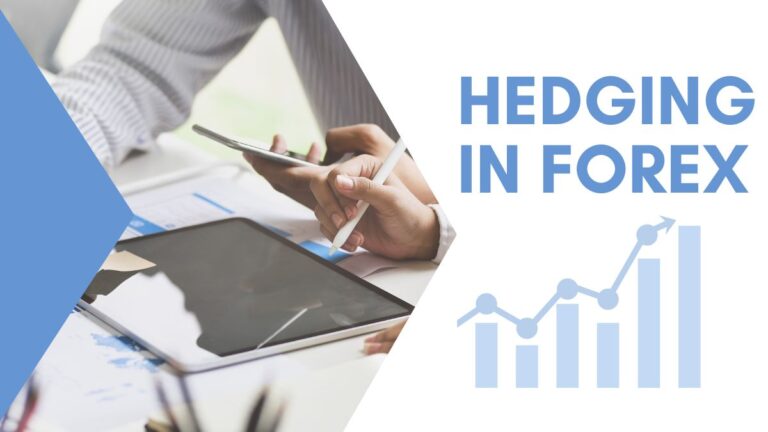Margin In Forex Trading: Exploring The Basics
:max_bytes(150000):strip_icc()/Chart-Analysis-Shares-Forex-Trading-Courses-3810586-fce9e0f295344b058a6de82bacb94da6.jpg)
Are you ready to dive into the thrilling world of forex trading? Well, buckle up and get set because today we’re delving deep into one of the most intriguing aspects – margin! Whether you’re a newbie eager to learn or an experienced trader looking for a refresher, this blog post will unravel all the mysteries surrounding margin in forex trading.
From its definition to its importance and everything in between, get ready for a captivating adventure that will leave you yearning for more knowledge about this fundamental concept. Let’s embark on this educational journey together as we explore the basics: What is margin in forex trading?
Table of Contents
Margin in Forex Trading

Margin in forex trading refers to the amount of money that a trader puts up as collateral to secure a trade. Margin is typically required when taking positions larger than 1,000 USD. If a trader loses money on a trade, the margin account must be able to cover the loss before any other accounts are affected. Forex brokers may also require traders to maintain minimum margins to maintain their positions.
What Is Margin?
Margin in forex trading is a necessary component of any successful trade. Margin provides traders with the opportunity to increase their potential profits through an increased borrowing limit. A higher margin level increases the required funds before a trade can be executed, potentially reducing losses in the event of a market loss.
Margin works similarly to a credit score in that it affects one’s ability to borrow money from a lender. When trading Forex, margin allows traders to take on additional risks by borrowing funds from their broker to buy and sell currencies. Lenders usually expect borrowers to have a certain percentage of account equity as collateral for the loan. This equity can then be used as protection against unforeseen losses in case the market goes against the trader’s expectations.
Traders who use margin typically enter into contracts where they agree to pay back their broker at predetermined future dates with interest and bonus payments related to account balance levels beyond designated safe zones. This helps ensure that risk is spread evenly among all involved parties and encourages traders to stay competitive in volatile markets.
While there are inherent risks associated with trading with margined funds, using proper execution techniques coupled with sound risk management practices can help minimize those risks while maximizing profits.
The Different Types of Margin

Margin in forex trading is a derivative market where investors can trade securities and currencies with the help of borrowed funds. For an individual to margin trade, they must first reign a wealth fund or a forex brokerage account that allows for margin trading.
Margin requirements vary depending on the brokerage account type, but all accounts require some level of collateral to be put up in case of a default, which would entitle the investor to liquidate their positions at no cost.
There are three types of margin trading: Standard Margin, Extended Margin, and Leverage Margin.
Standard Margin: The most common type of margin in forex trading is a standard margin where an individual needs to put up only 10% of the currency’s value as collateral, although this initial requirement can be waived if the broker has been approved by the financial institution.
Extended Margin: Extended margins allow for more leverage than standard margins in forex trading and typically require between 20-50% of the currency’s value as collateral to open an account. This higher collateral requirement gives investors greater protection in case of adverse price movements but also comes with increased risk.
Interactive Brokers is one online brokerage that offers leveraged margin trades in U.S. dollars Tib FX offers a similar extended margin product in European units.
Leverage Margin: Leverage margin in forex trading allows investors to use up to 100x their capital when opening an account with a broker and allows them to trade with up to 10x leverage. This type of margin trading is considered highly risky and should only be used by experienced investors who are comfortable with the risks associated with such a high level of leverage.
Some swaps allow for margin in forex trading, but these transactions are considered more complicated and require additional expertise.
Minimum Margin Requirements
Margin in forex trading is the amount of cash or collateral required from a buyer before they are allowed to trade in foreign exchange. The higher the margin requirement, the greater the degree of risk that the trader takes on when making an open order. Forex traders use various margin requirements as leverage to achieve desired risks and profits.
There are three primary types of margin in forex trading: basic, extended, and full. These types of margin trading determine how much capital a trader must have available in their account at all times to maintain their position. For basic margin trading, a trader requires between 1-5% of their total assets invested to hold a position open. For extended margin trading, this figure rises to 10-25%. For full-margin trading, clients must maintain 50-100% of their investible assets locked up to continue trading with the same level of leverage.
A key factor influencing margin requirements is market volatility. When markets are volatile, traders may require more capital to stay liquid and maintain positions open. Conversely, when markets are stable or trending upward, less capital may be necessary to stay active due to increased liquidity and reduced levels of risk.
Maximum Margin Requirements
In forex trading, margin means the amount of money that a trader has set aside to protect himself against losses. Margin requirements vary from broker to broker and account type, but on average, traders need at least 3-5% of their total account value in the margin to maintain a healthy balance in their accounts.
There are two types of margins: initial margin and maintenance margin. The initial margin is the amount of money that a trader must put up as collateral before he can begin trading; it covers any losses he might incur in the first few minutes of trading. A maintenance margin is required every day to keep your account balance above zero – if it falls below this level, your broker will liquidate some or all of your positions (at their discretion).
Remember: always communicate with your broker before making any changes to your account – changes that might affect your margin levels could lead to unexpected losses.
How to Use Margin in Forex Trading?
In forex trading, margin is a type of security that allows traders to increase their leverage. When using a margin, a trader can trade up to five times their available capital. To use margin, a trader must open an account with a broker and deposit funds into the account. The amount of margin used depends on the type of account and the broker.
To calculate how much margin is required for a particular trade, traders need to know their account’s margin percentage and the currency pair being traded. For example, if you have an account with a 20 percent margin in the Japanese yen/US dollar exchange rate market, and you want to buy 1,000 yen worth of US Dollars using your available funds (which would be 10 percent of your total account), you would need to deposit at least ¥100,000 into your brokerage account ($10,000 x 20%).
If the yen/dollar exchange rate increases after you make your purchase (and before you sell), your position will become more profitable and you will not require as much margin to maintain it; Conversely, if the yen/dollar exchange rate decreases after you make your purchase (but before you sell), then you will require more money for your position to remain stabilized.
Margin trading is risky because it opens up traders to potential losses if the currency they are trading against moves against them significantly. Before trading on margin, always consult with your financial advisor to ensure that this type of trading is right for you.
Conclusion
Margin in forex trading is a key concept that every trader should understand. It’s the difference between your total investment (margin) and the amount of money you are lending to your broker (margin call). This allows you to maintain Varied spreads without risking too much capital at once and also allows you to trade in more risky positions if desired. By understanding margin in forex trading, you’ll be better equipped to maximize your profits while minimizing risk.

